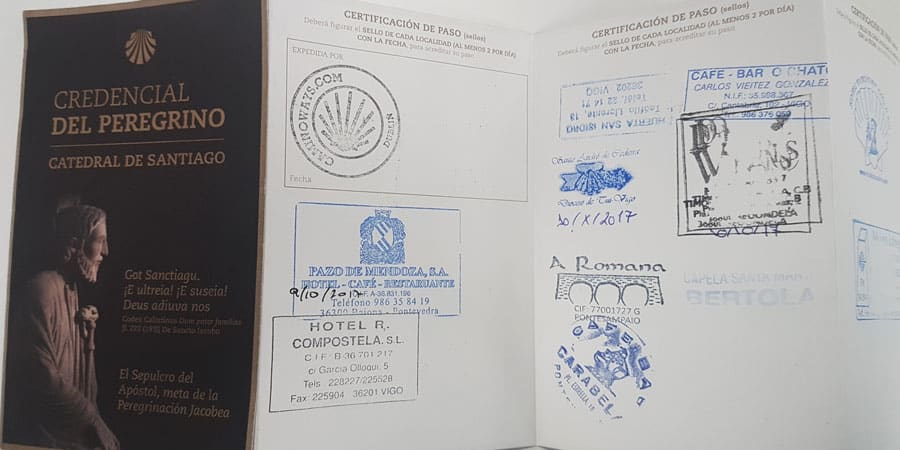Before setting foot on the Camino de Santiago, there’s one document you’ll hear a lot about: the Pilgrim Credential. But what exactly is it—and do you really need one? Often called the pilgrim passport, this little booklet is more than just a keepsake. It’s an essential tool that records your journey and proves your pilgrim status. Without it, you won’t be able to collect the stamps (or sellos) required to receive the Compostela certificate at the end of your walk.
Still, not everyone knows where or how to get one, and the process can feel oddly vague for something so important. Can you really trust that someone at a church, an association, or a hostel will have it when you arrive? Should you try to sort it out before you travel?
This guide takes a closer look at the main places along the Camino routes where you can reliably get your Credential—and a few things to watch out for.
What is the Camino Pilgrim Passport or Credencial?
What is the Pilgrim Passport? Also known as the ‘Credencial’, it’s essential for the Camino de Santiago, proving you’ve either walked the last 100km of the Camino de Santiago or cycled the last 200km of the Camino de Santiago to obtain your Compostela certificate. Collect stamps along your journey at accommodations, churches, and town halls as you experience the historic route.
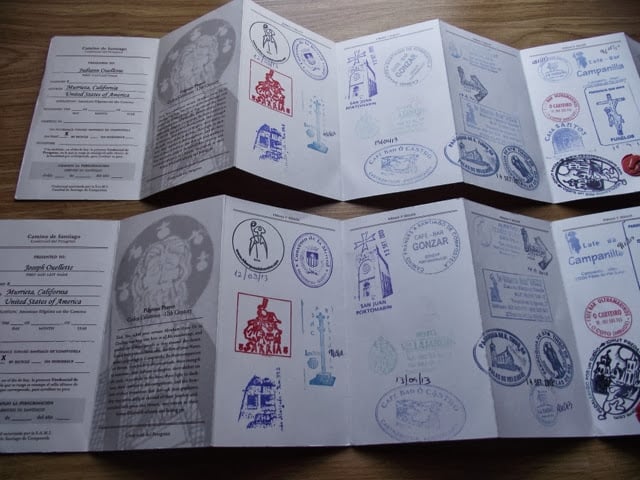
Where can I get my Pilgrim Passport?
You must have your Pilgrim Passport with you once you start your journey. Thankfully, it’s quite easy to get your hands on one of these documents. You can get your Pilgrim Passport from the following places before beginning your Camino journey.
- USA: From American Pilgrims on the Camino
- Canada: From the Canadian Company of Pilgrims
- Ireland: From the Camino Society of Ireland
- Australia: From Australian Friends of the Camino
- United Kingdom: From the Confraternities of St. James
- Spain: From authorized Associations in Spain
- From the Cathedral de Santiago page
- If you are unable to get your pilgrim passport before arriving on the Camino you can get it from shops, churches and many establishments at the start of your route. Below we’ve outlined the most popular starting points across the various Camino de Santiago routes and where you can pick up your Credencial.
Camino Francés
An ancient pilgrim path across the north of the Iberian Peninsula, the full Camino Francés begins near the gorgeous red and white town of Saint-Jean-Pied-de-Port and finishes in the holy city of Santiago de Compostela. Below are the most popular starting points on the Camino Francés and where you can obtain your Credencial.
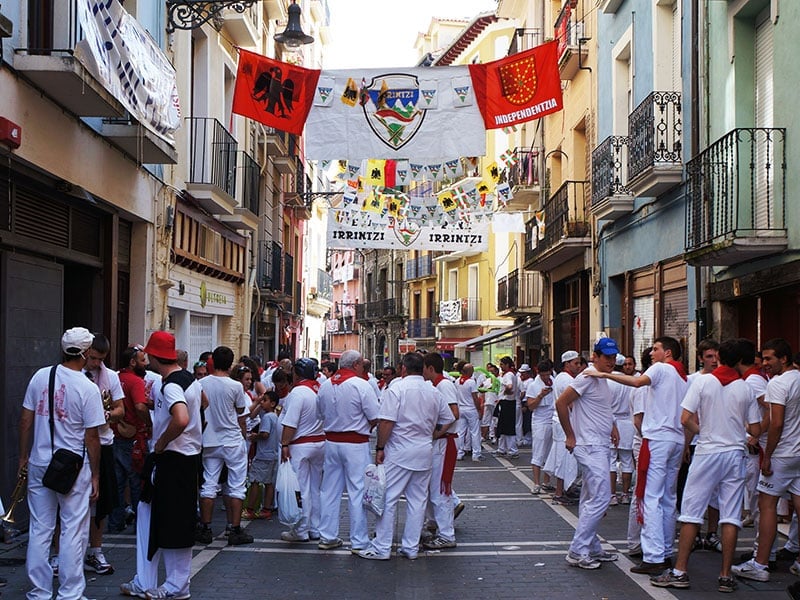
- Sarria: Pilgrims can get their Credencial in Sarria at the Iglesia de Santa Mariña and the Albergue Municipal de Sarria.
- Ponferrada: Visit the Association of Friends of the Camino de Santiago in Ponferrada in the town centre to get your Credencial.
- Logrono: The local churches and some Albergues offer Pilgrim’s Credencials.
- Saint-Jean-Pied-de-Port: The Pilgrim’s Reception Office in Saint-Jean-Pied-de-Port is the primary location for obtaining the Credencial before starting the Camino Francés.
Camino Portugués
The Camino Portugués is a stunning alternative to the Camino Frances, for pilgrims looking for a more rural experience on the Camino de Santiago. From Porto, the Camino Portugues follows the coast to Santiago de Compostela. Below are the most popular starting points on the Camino Portugués and where you can obtain your Credencial.
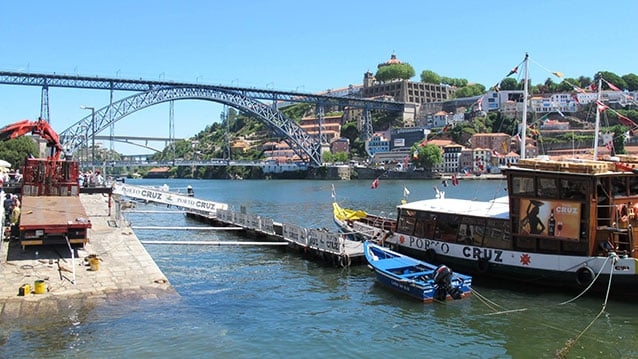
- Vigo: The souvenir shop, Establecimientos Jamaica Vigo on Praza da Pedra provide Pilgrim’s Credencials.
- Porto: The Cathedral’s shop or the Pilgrim’s Reception Office are the main spots to get your Credencial.
- Lisbon: The Lisbon Friends of the Camino group or Sé Cathedral are good places to obtain your Pilgrim’s Credencial.
Camino del Norte
The Camino del Norte from San Sebastian to Santiago is a fantastic Camino de Santiago route along the Northern coast of ‘Green Spain’ from San Sebastián in the Basque Country to Cantabria, Asturias, and finally Ribadeo in Galicia. Below are the most popular starting points on the Camino del Norte and where you can obtain your Credencial.
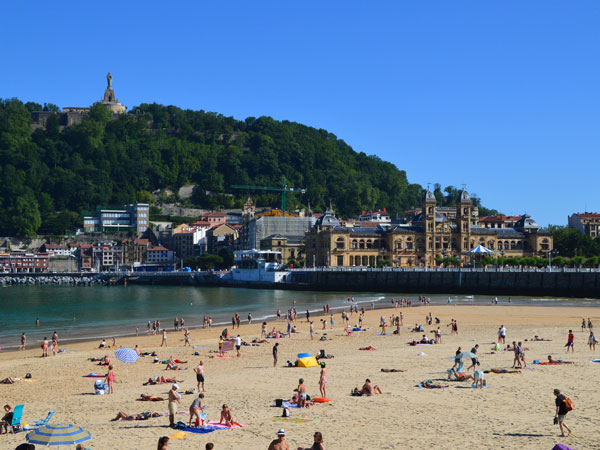
- Vilalba: The main albergue in Vilalba or the local parish church provides Pilgrim’s Credencials.
- Navia: Check with the local parish or tourist office for the Credencial.
- Bilbao: Visit the Cathedral of Bilbao or the local Pilgrim’s Reception Office to get your Credencial.
- Markina: The Monastery of Markina is a recommended place to obtain your Credencial on the Camino del Norte.
- San Sebastián: Pilgrim’s Credentials are available at the Albergue de Peregrinos in San Sebastián.
Camino Inglés
The Camino Inglés is a lesser-known but deeply rewarding route of the Camino de Santiago pilgrimage. Originating in either Ferrol or A Coruña in North-Western Spain, this path offers a condensed Camino experience rich in history and culture. Below are the most popular starting points on the Camino Inglés and where you can obtain your Credencial.
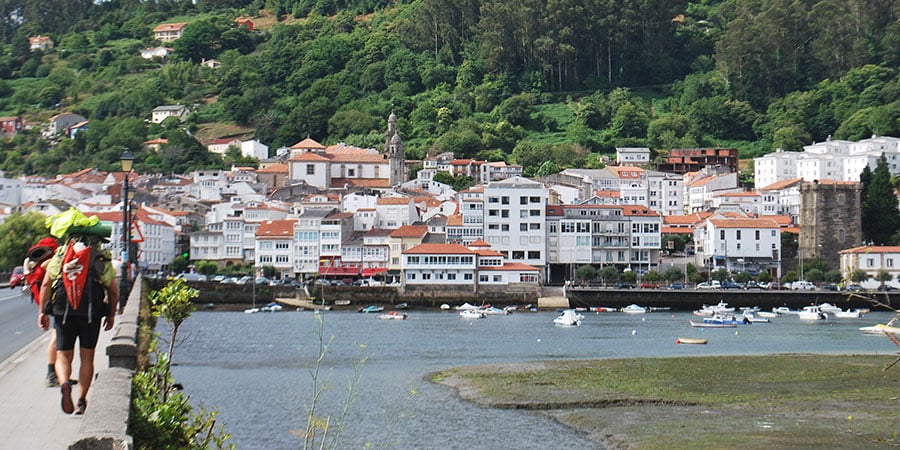
- A Coruña: The Pilgrim’s Welcome Office or local churches provide Credencials.
- Ferrol: The Confraternity of Saint James or the local tourist office in Ferrol offers Pilgrim’s Credencials.
Camino Finisterre
The Camino Finisterre is a unique route from Santiago de Compostela to Cape Fisterra, once believed to be the “Edge of the World”. This route is unique because it is the only trail starting in Santiago de Compostela and takes pilgrims west to the stunning Atlantic coast of Galicia. Below are the most popular starting points on the Camino Finisterre and where you can obtain your Credencial.
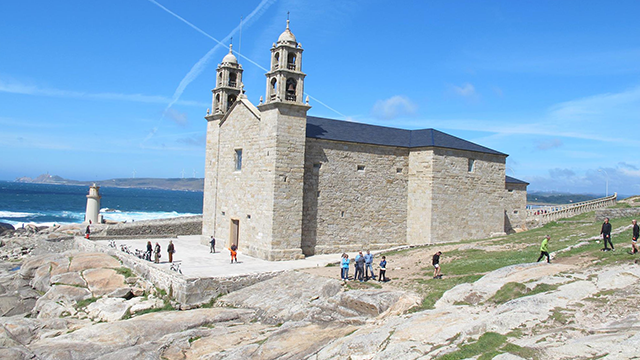
- Santiago de Compostela: The Pilgrim’s Reception Office in Santiago de Compostela provides Credencials for those continuing to Finisterre or Muxia.
- Muxia: Visit the local tourist office or the Sanctuary of the Virgen de la Barca for the Credencial.
Via de la Plata
The Via de la Plata (also known as the Camino Mozarabe) crosses the whole of Spain from South to North. This is the longest Camino route by far (over 1000km) and it was originally used as a trading route by the Romans to join the North and the South of Spain. Below is the most popular starting point on the Via de la Plata and where you can obtain your Credencial.
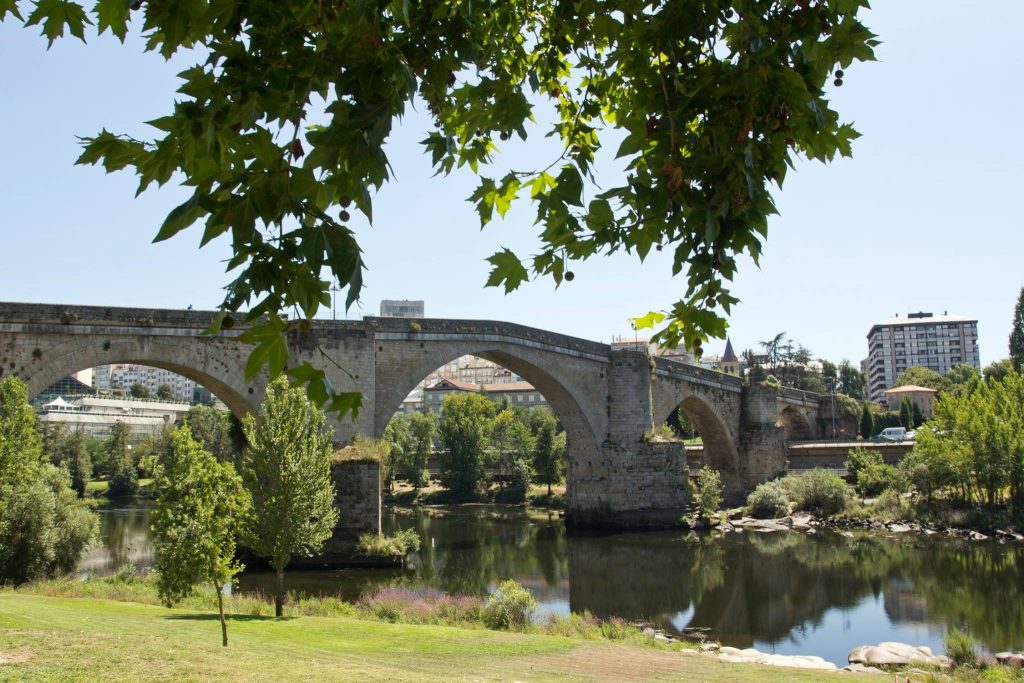
- Ourense: The Cathedral or the local Friends of the Camino office is where pilgrims can obtain their Credencial.
These locations are the primary points to obtain your Pilgrim’s Credencial along each route. Be sure to carry this document throughout your journey to collect stamps and ultimately receive your Compostela certificate at the end of your Camino.
Once in Santiago de Compostela, you must show your stamped Pilgrim Passport at the Pilgrim’s Office to apply for your Compostela certificate and any other pilgrim certificate you might want to receive. You must also keep space for the final stamp of the Cathedral on arrival in Santiago.
Via Francigena
Unlike the other Camino routes which conclude in Santiago de Compostela, the Via Francigena, also known as the Camino to Rome, is an ancient walking trail that takes pilgrims on an epic journey from Canterbury in England across the channel to France and through Switzerland, before crossing Italy on the way to Rome.
Via Francigena Credenziali
If you are walking the Via Francigena to Rome, you will also need a Pilgrim Passport known as the Credenziali, so you can request your Testimonium in the Vatican. This is a certificate you will receive after completing your pilgrimage to Rome.
Below are the most popular starting points on the Via Francigena and where you can obtain your Credenziali.
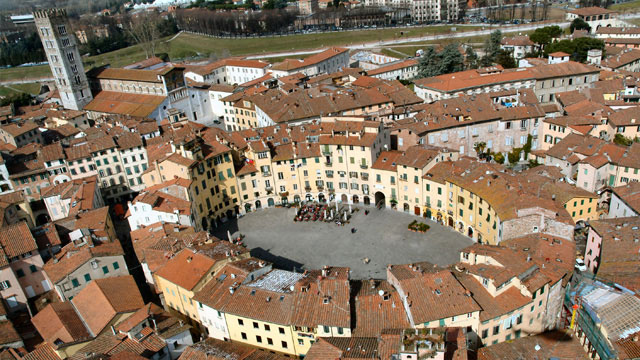
- Viterbo: Pilgrims can visit the Cathedral or the local pilgrim’s office for Credenziali.
- San Miniato: The main church or the pilgrim’s association in San Miniato offers the Via Francigena Credenziali.
- Lucca: The Lucca Cathedral or the local pilgrim’s office can provide the Via Francigena Credenziali.
Read here to learn more about Camino Pilgrim Passports & Certificates.
Contact us for more detailed information on the Camino de Santiago routes or to book your trip. Buen Camino!
